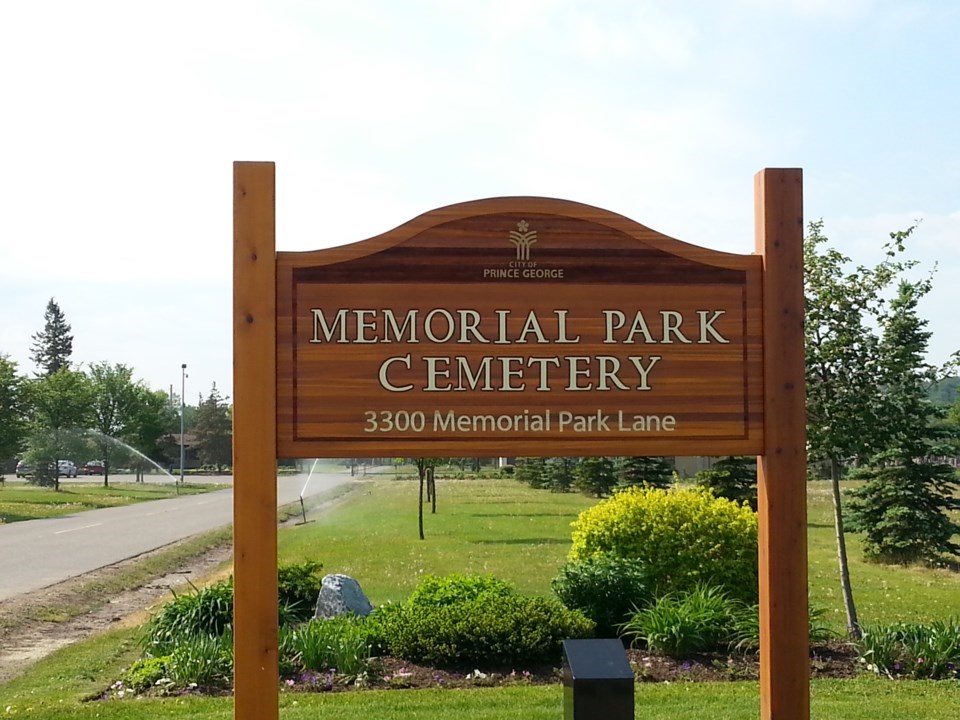We don’t spend many holidays thinking about death and burials, so when Easter rolls around, I sometimes ruminate over our mortality and what comes of us when our spirit parts our souls.
Presently around 77% of British Columbians opt for cremation. The rest of us opt for conventional burials but there’s a third option people like Nicola Finch with Green Burial BC down in Williams Lake would like to see more of: green burials.
Lucky for us, Prince George has recently brought in an option like this at the cemetery where one acre will be dedicated to natural decomposition. This means that section of the cemetery won’t be sprayed with pesticides, and you are buried in a biodegradable casket.
It’s a far cry from conventional burials of the last hundred years where we’ve been buried in increasingly synthetic caskets made of MDF with resins, fibreglass, metal, and paint.
Apparently, the United States uses about 20 million litres of embalming fluid every year. Typically, embalming fluid is made of formaldehyde, glutaraldehyde, and methanol.
In a conventional burial all of these contaminants and chemicals are buried along with you, but it’s something we haven’t really studied all that much.
In an interesting, just-released study down in the United States, an analysis of chemical contamination in a Tennessee graveyard found no detectable traces of formaldehyde or arsenic, two of the most expected chemicals, except for one site from 1952. In South Africa researchers found some formaldehyde and quite a bit of mineral pollution from the caskets and embalming practices.
It might not actually be the caskets and the formaldehyde that are the biggest problem. If you read about the gory details of the pollution our own flesh and blood is responsible for, it makes you wonder if even a natural burial is that great for the environment, given the bio-hazard a decomposing human body represents.
While cremation may sound like a sanitary method to avoid the issues of biological contamination of groundwater, it uses a lot of energy- around 400 kg of carbon dioxide is created per cremation.
In the United Kingdom, cremation and incineration of mercury fillings is responsible for 15% of the annual mercury air pollution, although this will decline as we move away from these types of fillings.
If feels like you really can’t cheat death, even after we’re dead, but there are some new disposition options Nicola highlights on her website.
One way to reduce the biohazard of large conventional cemeteries is to create more smaller graveyards around the province dedicated to natural burials. This could include possibly reactivating some long unused pioneer cemeteries. In BC, it can be a costly and time consuming process to establish a new cemetery, unlike Oregon where there is very little regulation around their establishment.
Another area that needs work is legalizing alternatives to cremation. One is alkaline hydrolysis, or water cremation, a technique available in many provinces which Aquamation BC is fighting for. There is also Natural Organic Composting, also known as human composting, which NOR is advocating for.
I may have learned more than I wanted to learn writing this for you this week, but none of us will be rising from the dead. We will all be leaving something behind. Having more options to lighten our posthumous burden on the planet, I think, would be a great thing.
James Steidle is a volunteer Prince George writer.


.png;w=120;h=80;mode=crop)
